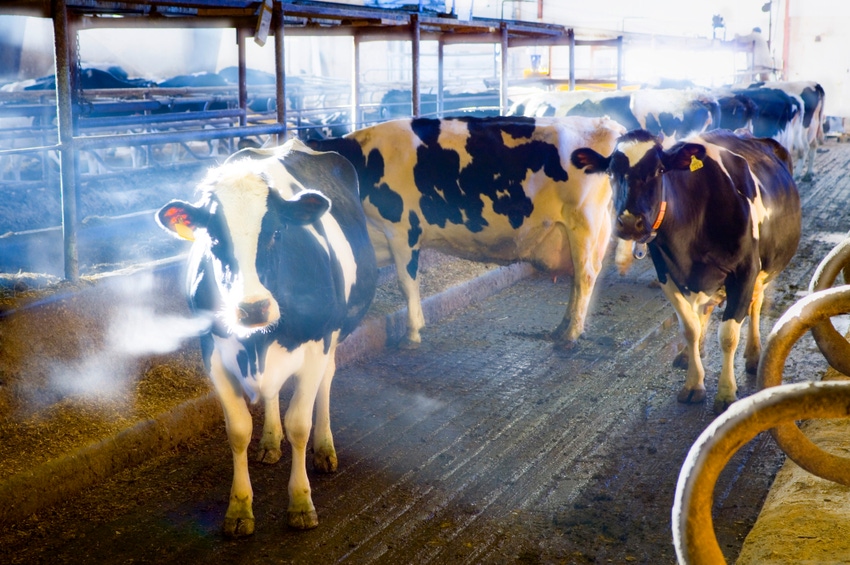NAHMS report looks at health and management practices on U.S. dairy operations.
March 12, 2018

The U.S. Department of Agriculture’s National Animal Health Monitoring System (NAHMS) has released "Health & Management Practices on U.S. Dairy Operations, 2014," the third report from its "Dairy 2014" study.
"Dairy 2014" is NAHMS's fifth study of the U.S. dairy industry. The study was conducted in 17 of the nation’s major dairy states. Data presented in the study represent 80.5% of U.S. dairy operations and 81.3% of U.S. dairy cows.
NAHMS provided a few highlights from the new descriptive report:
* In 2013, the most common clinical diseases reported by producers were mastitis (24.8% of cows), any degree of lameness (16.8%), infertility (8.2%) and metritis (6.9%).
* Most operations used artificial insemination to natural estrus for first-service breeding for the majority of heifers (59.4%) or cows (51.5%). A higher percentage of operations used artificial insemination to induced estrus for first-service breeding in cows than in heifers, NAHMS said.
* Nearly all operations (94.8%) said they would very likely consult their private veterinarian for general information about a foreign animal disease, should an outbreak occur.
* The majority of operations (70.6%) used rectal palpation to determine pregnancy status, followed by ultrasound on 44.1% of operations and abdominal palpation (ballottement/bumping) on 22.6% of dairies. On average, pregnancy status was determined within 53.0 days of breeding when using rectal palpation and 35.4 days when using ultrasound, NAHMS reported.
"Health & Management Practices on U.S. Dairy Operations, 2014" is available on the NAHMS website.
You May Also Like


.png?width=300&auto=webp&quality=80&disable=upscale)
